On one of our evenings in Victoria Falls we had dinner at The Boma. I’d heard mixed opinions about it – some say it’s a tourist gimmick, some say it’s a priceless cultural experience. It cost around $40 per person when we went, with discounts for us as Lokuthula guests. It’s a 4-course meal of traditional Zimbabwean dishes (as well as Western food). The difference between the Boma and other restaurants is that it transforms an ordinary meal into a night of entertainment, infusing Zimbabwean culture into every aspect of your evening.
When we got there we went in the wrong entrance, unaware that this meant bypassing the start of the ‘performance’. We thought we were being clever by avoiding the influx of other guests and going round the side – bad idea! We duly went round to the main archway where we were given an African wrap (called a Chitenge) which was draped across our shoulders. Then a gentleman painted some ethnic dots on our faces with a promise that we would see him later and he would complete his artistry.
The word ‘Boma’ refers to an enclosure or meeting place in an African homestead – this forms the basis of the Boma restaurant. The building is partially open to the night sky, and its design is based on the style of traditional African huts, with circular walls and a thatched roof. A large fire sits in the middle, with a pot of soup simmering on it and a lamb roasting above it. In one corner there’s an enclave where a sangoma (fortune teller) ‘throws the bones’ and reads your fortune. On the outer edge is the food buffet as well as more cooking fires. The very centre of the room is kept clear – this is where the story-teller describes the traditions of Zimbabwe, and where feather-adorned dancers bring these stories to life.
As we sat down at our table, we were served a shot of Chibuku in an enamel cup. This traditional sorghum brew tasted a little like English Ale, with an aftertaste I don’t think I could get used to. Small cauldrons/poikie pots stood on tables, containing mopane worms for the brave adventurer to try. A man with a tray of cocktail ingredients tempted the American guests at the table next to us. A plate of appetisers was placed in front of us – monkey nuts, groundnuts and nzimo beans.
The food is buffet-style, and for our starters we had bream, crocodile tail and various salads. For the main course, we could choose from kudu steak, warthog, impala, and ostrich, as well as lamb, beef, pork ribs, and borewors. Meats were then cooked on an open fire for each individual guest.
We couldn’t pass up the opportunity to have sadza, the staple food of Zimbabwe (we love it). The food in general was tasty and I would encourage trying everything on offer. I’m a bit of a carnivore, but there were a variety of vegetables and salads available too. Desserts were mainly Western-style mousses, fruit trifles and creamy puddings – all of which were delicious, but I would have liked to see at least one African-style sweet treat.
As we were eating, Ndebele and Shona dancers showed us their moves, sometimes singing while they danced, with a jaw-dropping energy and charisma. Our MC or story-teller talked us through the events of the night, from the food options to the meaning of the songs and dances.
During dessert, they upped the ante. Everyone in the restaurant (that’s 300 people) was given a drum (djembe) and we were shown the basics of African drumming. The leader beat a ‘call’ and we ‘responded’ with our drums. It was great fun, even though I felt slightly silly doing it (and wanted to finish my chocolate mousse). After the drumming session, everyone was invited to dance in the centre of the Boma. We were treated to an Indian scarf dance, a head-splintering breakdance, and a Japanese Bon-Odori dance – all from guests who were brave enough to strut their stuff. When the story-teller said, “We are all part of one village”, and I saw people from around the world dancing in this small corner of Zimbabwe, I nearly believed it.
Here’s a video of the professional dancers (sorry about the weird angle):
It’s a far cry from a quiet glass of wine and reserved meal, but it was all part of the Victoria Falls experience. We didn’t get to have our faces painted with more embellishments, and there was a woman braiding hair who we somehow missed as well. I would have liked to have done these but there were so many people there, it’s understandable they weren’t able to get to everyone.
It was great to go and experience the Boma early in our trip because it meant that when we were at Lokuthula lodge hearing the drums in the distance we remembered the fun we had at the Boma. If we didn’t know what the noise was all about, it may have been annoying.
The Boma experience was undeniably cheesy, but so are most tourist attractions around the world. The ‘African’ theme felt strange for me because elements of Ndebele, Shona and other distinct cultures had been thrown together into the Boma’s pot of performances. Despite this, I really enjoyed my evening. The Boma celebrates the passion and love of life that embodies much of Zimbabwe. Not so long ago, Zimbabwean traditions were pushed to the sidelines by colonial and minority governments – it’s good to be reminded how far we’ve moved on from then.
It’s easy for visitors to Zimbabwe to experience just the wildlife and the natural wonders, forgetting about the people and culture. The Boma ensures that this human element isn’t missed.
Read about our gorge swing and Zipline at Victoria Falls in the next post: The roadtrip that roared: #6

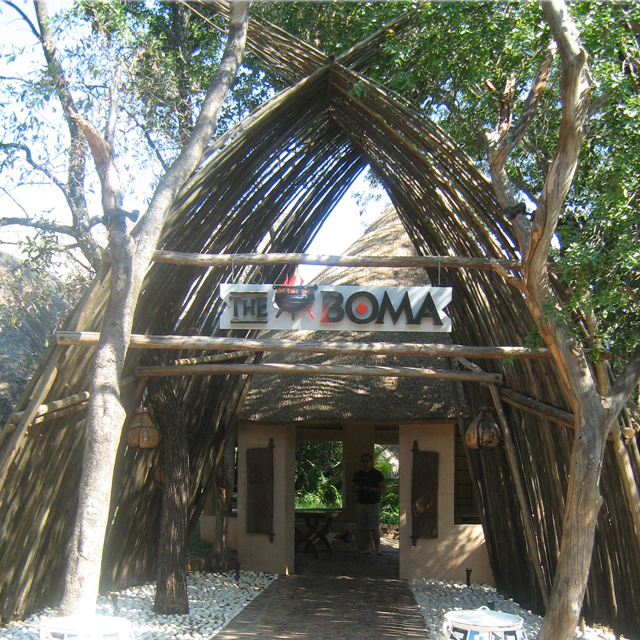
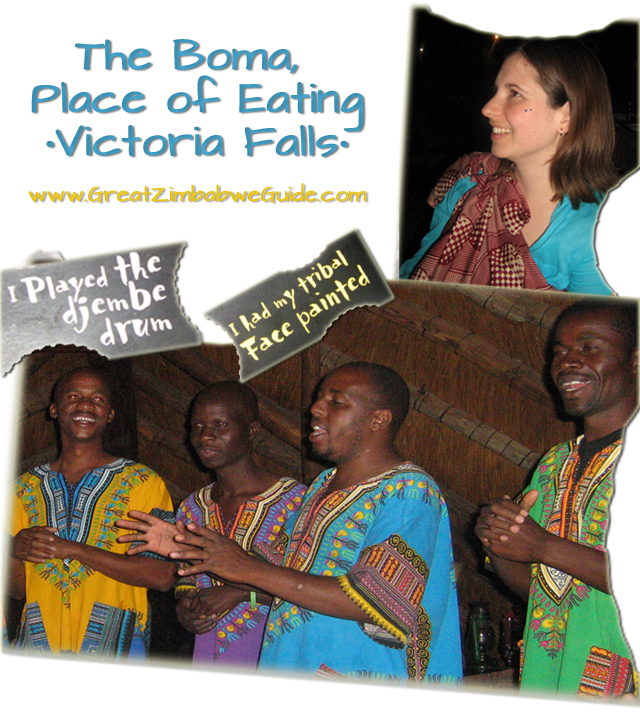
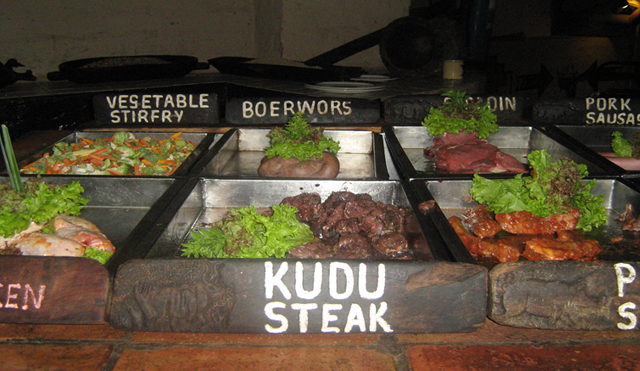
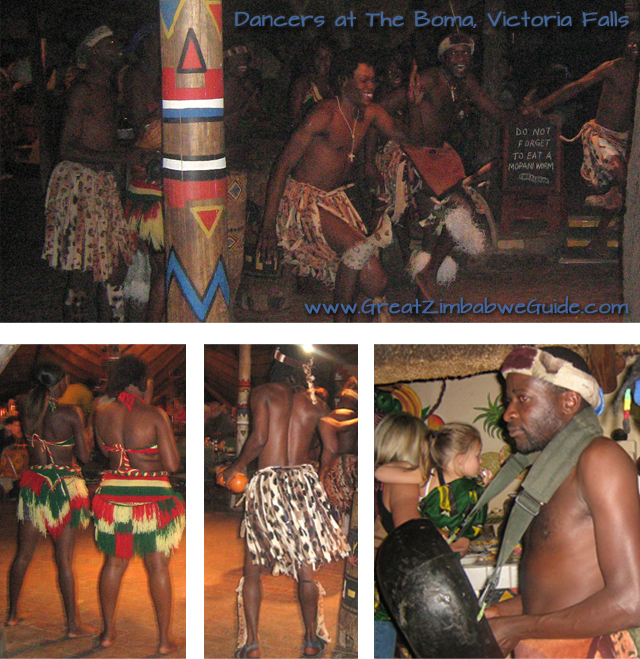
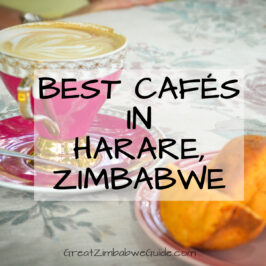
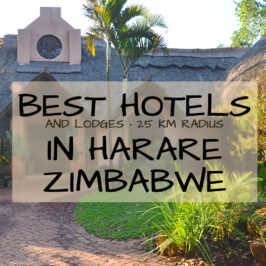
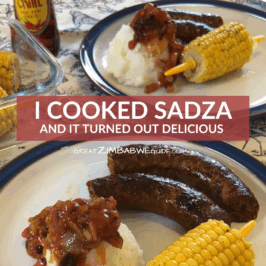

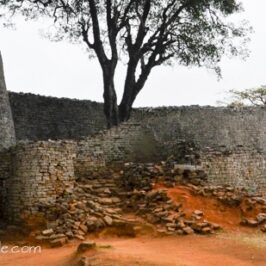
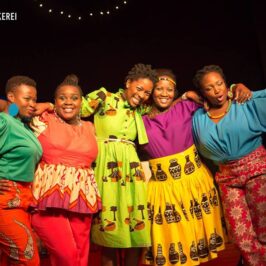
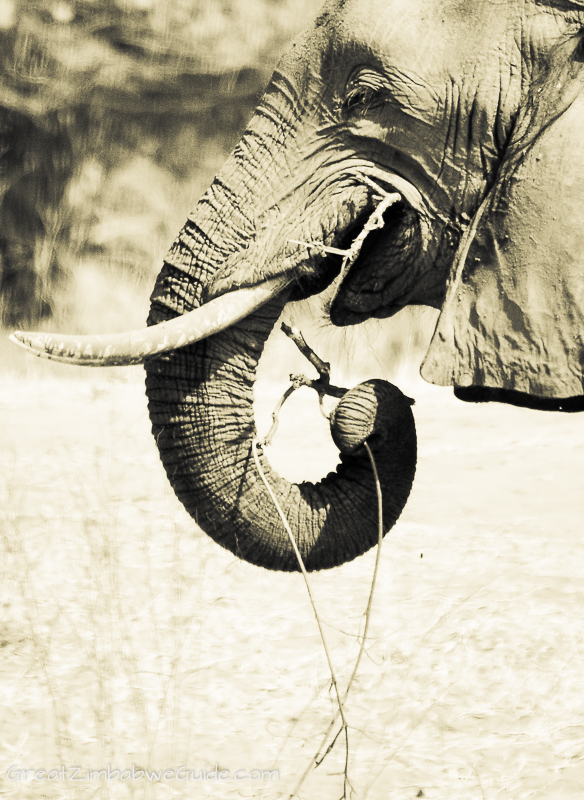
Leave a Reply